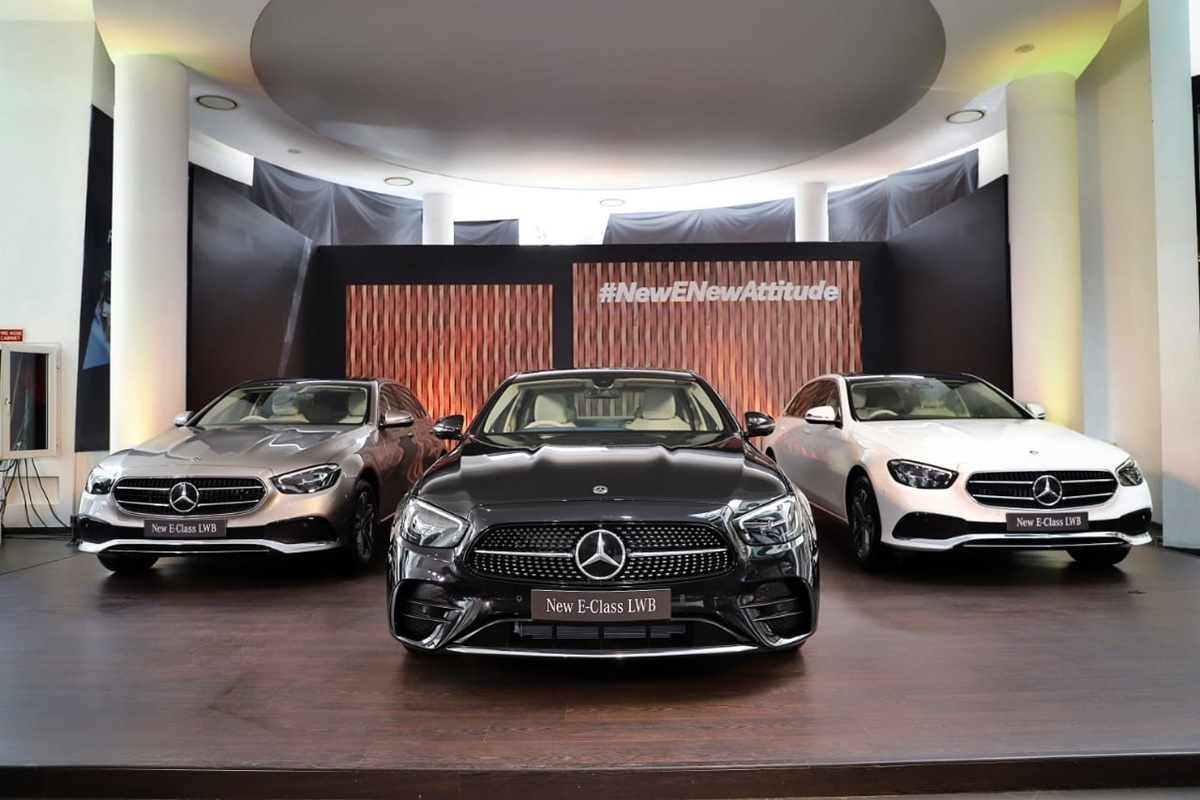Santosh Iyer, MD and CEO of Mercedes-Benz India, told Business Today, says top-end segment is one of the fastest growing.
Mercedes-Benz India seemingly paved the way for a new retail model in India’s auto industry when in June 2021 it launched what it called ‘Retail of the Future’ (ROTF), a ‘direct to customer’ model that allowed customers to buy the luxury vehicles directly from the brand rather than going through the dealer partner. The dealerships, however, play an important role and the company won’t be replacing those partners anytime soon.
“Our model is a direct-to-consumer model where our dealers have become our franchise partners and there’s an option to buy it physically or online. Online is an enabler. This really helps in omnichannel retail. We have done 25,000 cars under this model in the last 18 months,” Santosh Iyer, MD and CEO of Mercedes-Benz India, told Business Today. After India, he added, that model has gone live in Germany. “There’s also the UK market this year where we’ve launched and many other markers are following suit. The customer is benefitted because of transparency. Partners are happy because they are able to spend more time on customer service rather than discount negotiations. And the customer has more trust in the system. It’s highly successful and also being adopted in other parts of the world,” he adds.
For Mercedes-Benz India, the top-end is one of the fastest growing segments and on the back of the launch of the iconic SL 55 Roadster, the company aims to look at significant growth this quarter. “If you look at a three-year period, the share of the segment in the total portfolio used to be 12 per cent, now it’s 25 per cent. The segment has been growing phenomenally and that also explains why we’re launching cars in this segment. This was the fifth launch of the year and top end vehicle segment has seen most launches recently. There’s a clear focus to grow the top end of the market,” he said.
He said in the electric space, technology upgrades and AI-enabled features are a huge focus for the company. “In 2030, we’ll be 100% electric wherever the markets allow. These will be the last conventional engine models which makes them more iconic. We don’t shy away from technology. We’re trying and testing to take customer feedback and even working of things like integrating Chat GPT in the beta phase,” he said.
Iyer adds that AI will play a huge role in the future in diagnosis of cars. “Can the parts be pre-ordered so that when the car goes to workshop, [and] they’re available? The insurance industry is using it and so are other industries to improve customer experience,” he said.
He adds that Mercedes-Benz has the largest base of connected cars in India. “Car-to-car communication will increase with more tech. For example, one car detects a pothole, any car that approaches, warns the driver. We’re a leading player when it comes to deploying tech in our cars,” he said.
The challenge, he added, are long waiting times for the Indian customers. “Especially in the in the super specialty segment, waiting time ranges from 12-24 months. We had specific allocations foe India when we launched the GL. The demand in this market is growing like never before,” he said.


